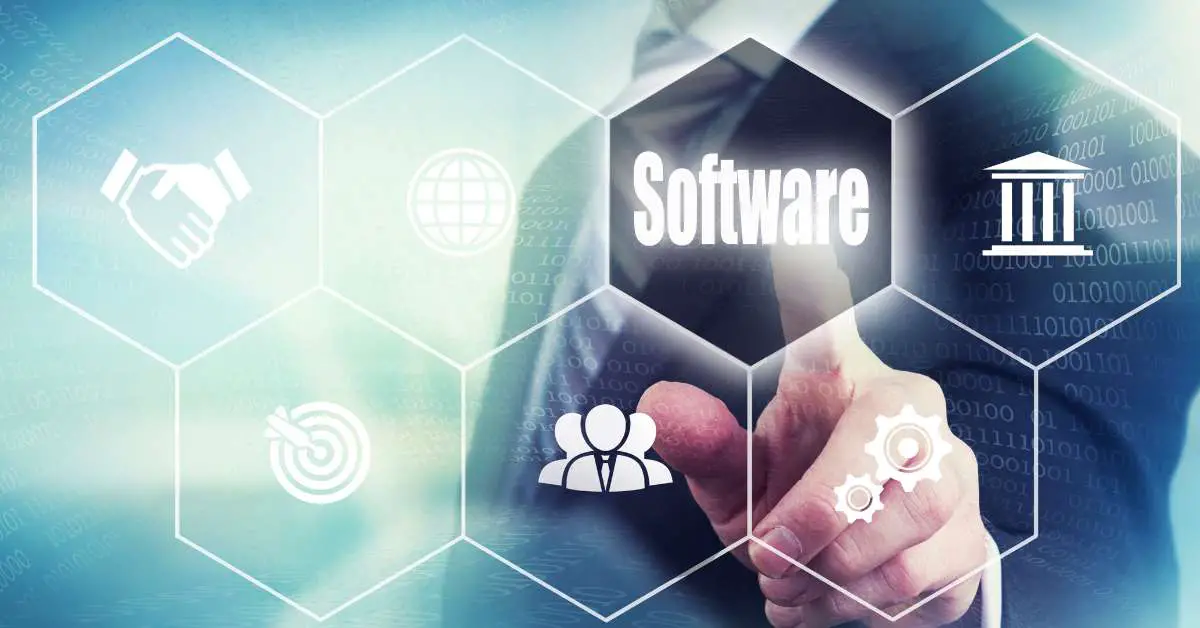In the ever-evolving world of technology, businesses are constantly seeking ways to improve their operations and streamline processes. One such advancement is the rise of Software as a Service (SaaS) platforms, which have become increasingly popular in recent years.
But what distinguishes SaaS from regular software applications?
In this comprehensive blog post, we will explore the key differences between these two types of software solutions.
Contents
What Distinguishes Saas from Regular Software Applications?
The choice between SaaS and regular software applications depends on various factors, such as a business’s specific needs, resources, and preferences.
- SaaS platforms are often more accessible, cost-effective, and easier to deploy and maintain, making them an attractive option for many organizations.
- On the other hand, regular software applications offer greater control, customization, and potential long-term savings for businesses that require tailored solutions or have unique requirements.
By weighing the pros and cons of each type of software solution, businesses can make informed decisions that best align with their operational needs and strategic goals.
Architecture: Multi-tenant vs. Single-tenant
SaaS:
- Resource optimization: With all users sharing the same infrastructure, SaaS providers can optimize resource utilization, leading to cost savings that can be passed on to customers.
- Automatic updates: SaaS platforms can quickly deploy updates and patches to all users, ensuring that everyone is using the most up-to-date version of the software.
Regular Software Applications:
- Increased control: Businesses have greater control over their infrastructure, which can be tailored to their specific requirements.
- Potential performance advantages: By having dedicated resources, businesses may experience better performance and responsiveness compared to a shared multi-tenant environment.
Installation and Accessibility
SaaS:
- Rapid deployment: SaaS applications can be deployed quickly, often within minutes or hours.
- Device-agnostic: SaaS platforms can be used on various devices, including desktops, laptops, tablets, and smartphones, providing flexibility for users.
Regular Software Applications:
- Hardware and software compatibility: Businesses can ensure that their chosen software is compatible with their existing hardware and software configurations.
- Offline access: Regular software applications can be used offline, which may be advantageous in situations where internet connectivity is unreliable.
Pricing Models
SaaS:
- Lower upfront costs: using a SaaS platform typically does not require a significant upfront investment, making them more accessible to smaller businesses or those with limited budgets.
- Pay-as-you-go: The subscription model allows businesses to only pay for what they use and easily scale up or down as needed.
Regular Software Applications:
- Potential long-term savings: While the upfront cost may be higher, owning a software license can lead to long-term savings, especially for businesses that do not require regular updates or additional features.
Customizability
SaaS:
- Standardized features: SaaS application software often comes with standardized features that cater to a broad range of businesses, making them suitable for those with common requirements.
- Easier integration: Many SaaS platforms offer pre-built integrations with other popular software, simplifying the process of connecting various systems.
Regular Software Applications:
- Deep customization: Businesses can modify the software at a deeper level, tailoring it to their specific needs and workflows.
- Proprietary development: Companies can develop proprietary features or functionalities that give them a competitive edge in their industry.
Scalability
SaaS:
- Elasticity: SaaS platforms are designed to scale up or down easily based on demand, allowing businesses to accommodate fluctuations in user volume.
- Reduced infrastructure management: As the SaaS provider handles infrastructure scaling, businesses can focus on their core operations without worrying about server maintenance and capacity planning.
Regular Software Applications:
- Capacity planning: Businesses have greater control over their infrastructure and can plan for future growth based on their specific needs.
- Dedicated resources: With dedicated resources, businesses can ensure consistent performance even as user volume increases.
Security and Privacy
SaaS:
- Centralized security: SaaS platforms are typically implementing robust security measures to protect user data, including encryption, firewalls, and intrusion detection systems.
- Compliance: Many SaaS providers adhere to industry-specific compliance standards (e.g., HIPAA, GDPR), helping businesses meet their regulatory requirements.
Regular Software Applications:
- Control over data storage: Businesses can choose where their data is stored, whether on-premises or in a private cloud, providing increased control over data security.
- Custom security measures: Companies can implement their own security measures tailored to their specific needs and risk profile.
Vendor Benefits
SaaS:
- Recurring revenue: Subscription-based pricing provides a predictable and steady revenue stream for software vendors.
- Higher customer retention: With lower switching costs, SaaS vendors have an incentive to continually improve their products and provide excellent customer support to retain users.
Regular Software Applications
- Higher initial revenue: The upfront purchase of software licenses can provide a larger initial revenue boost for software vendors.
- Long-term customer relationships: Traditional software vendors may establish long-term relationships with their customers through ongoing support, maintenance, and updates, fostering loyalty and repeat business.
Citations:
1. https://blog.freightpop.com/difference-between-saas-and-traditional-on-premise-software
2. https://copperdigital.com/blog/software-as-a-service-saas-vs-traditional-application-software/
3. https://effectivedatabase.com/the-difference-between-enterprise-software-and-software-as-a-service/
4. https://www.comptia.org/content/articles/what-is-saas
5. https://clearcode.cc/blog/benefits-saas-software-vendors
6. https://www.techtarget.com/searchcloudcomputing/definition/Software-as-a-Service
7. https://www.sqlservercentral.com/forums/topic/difference-between-saas-and-web-application
8. https://www.leanix.net/en/wiki/saas/saas-vs-on-premise
9. https://www.businessgo.hsbc.com/en/article/what-distinguishes-a-saas-platform-from-regular-software-applications
10. https://www.ibm.com/cloud/blog/top-5-advantages-of-software-as-a-service
11. https://radixweb.com/blog/benefits-of-saas
12. https://copperdigital.com/blog/software-as-a-service-saas-vs-traditional-application-software

